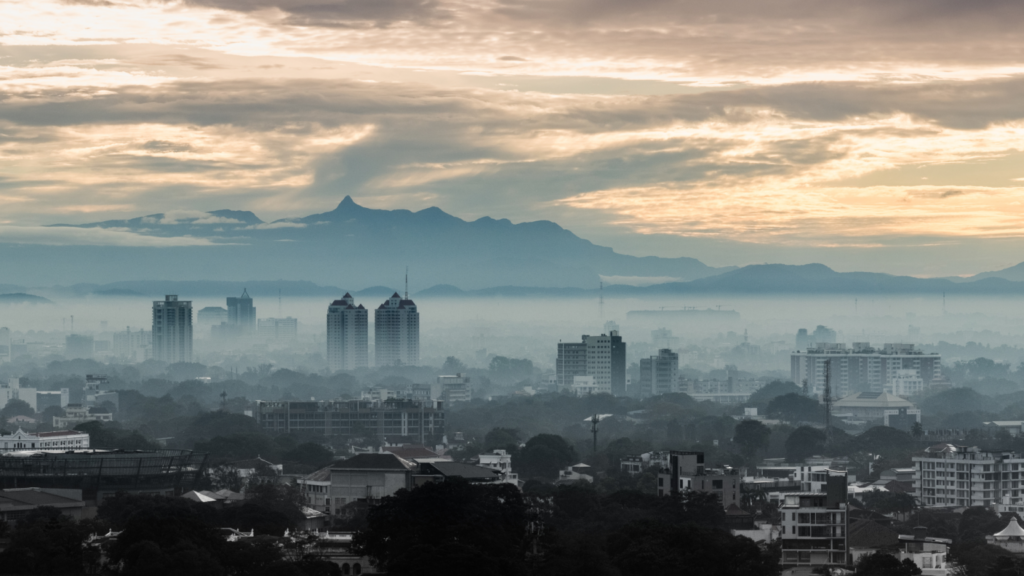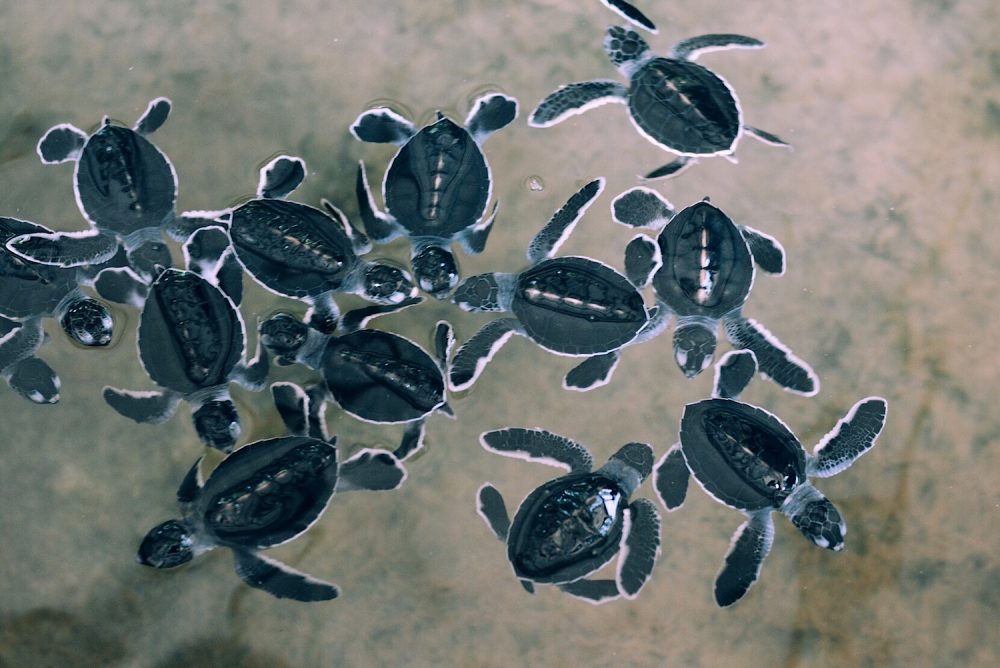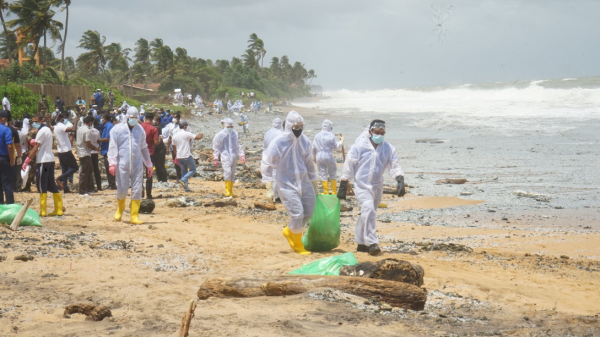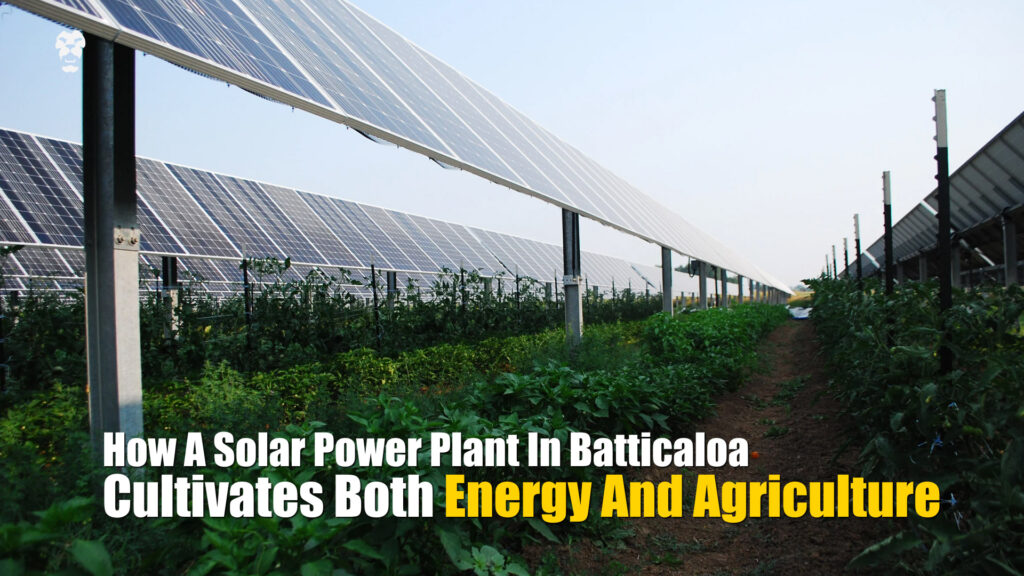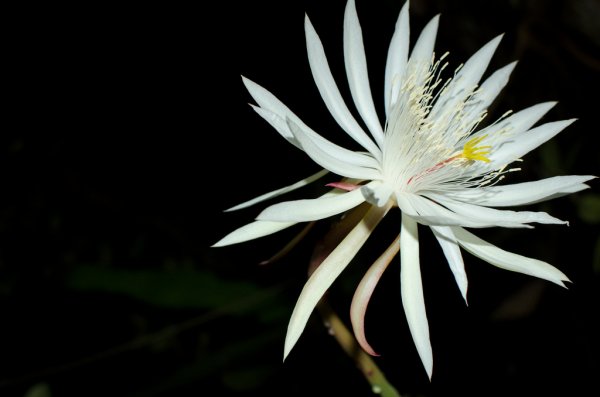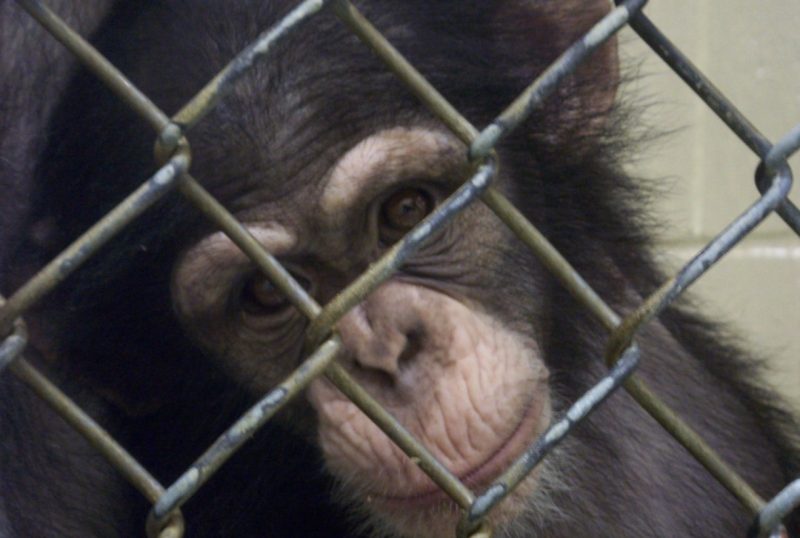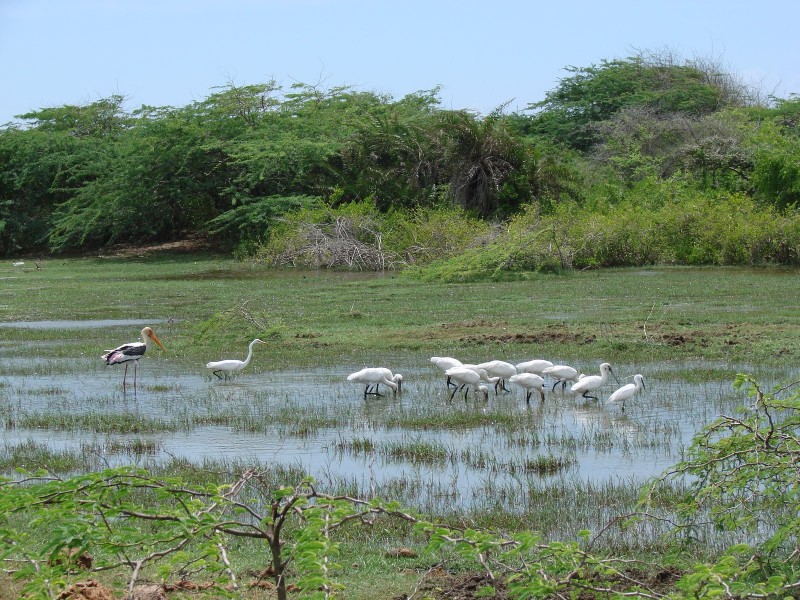
The outskirts of Colombo once were an intricate maze of marshy wetlands that have, over the years, been lost to the development and construction of both residential and commercial properties. However, pockets of these wetlands still exist, soaking up the excess water of the monsoon and providing an urban refuge for the wildlife of Colombo.
What Is A Wetland?
According to the Ramsar Convention (an international treaty for the conservation and suitable utilisation of wetlands) a wetland is defined as “areas of marsh, fen, peatland or water, whether natural or artificial, permanent or temporary, with water that is static or flowing, fresh, brackish or salt, including areas of marine water the depth of which at low tide does not exceed six metres”. Known to help in the mitigation of floods, offer protection from storms, the retention of sediment, to act as a carbon sink, and an excellent purifier of water, the invisible contribution of these ecosystems are unfathomable. However, much of our remaining wetlands are at risk as the Colombo expansion continues to spread.
The Urban Wetlands of Colombo
1. Bellanwila–Attidiya Marshes. Threat Status: High
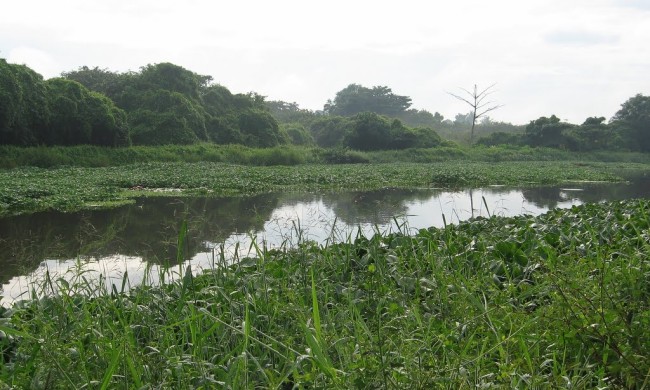
The Bellanwila-Attidiya Marshes. Image Credit: anuradha.info
Primarily a freshwater marsh ecosystem, this area is surrounded by a rapidly developing urban landscape and serves as an important flood retention area, providing much-needed protection to surrounding inhabited areas. Consisting of shallow freshwater ponds, marshes, and seasonally flooded grasslands with scattered shrubs and small trees, this area is considered an important stopover for migratory birds and a pivotal roosting site for herons and egrets. Given the makeup of this ecosystem, birdlife is profuse, with over 100 species recorded. The local biodiversity also includes species of butterflies and dragonflies, with more than 30 species of freshwater fish inhabiting the waterways. Interconnected to the floodplains of the Bolgoda system through the Bolgoda canal, a number of man-made canals connect these marshes to the Colombo marshes, creating somewhat of a corridor for the urban wildlife.
Declared as a Sanctuary under the Fauna and Flora Protection Act (FFPO) in 1990, the sanctuary has been zoned for conservation with public nature park functions in the Dehiwala-Mt.Lavinia Municipal Council Urban Development Plan. However, disturbances and threats to the ecosystem exist with factories in the vicinity of the area releasing effluent into the waterways that pass through the marsh. Sadly, even the Dehiwala-Mt.Lavinia Municipal Council has used the northern and eastern parts of the marsh as a garbage dump. These factors have caused significant threats to the water bird habitat and have triggered large-scale fish kills.
2. Colombo Flood Detention Areas. Threat Status: High
The Colombo Marshes are made up of three interconnected marshes that contribute to the formation of a unique environment within the Greater Colombo area. These marshes are an integral part of the flood detention within the Colombo city, helping ease pressure on the drainage of the city by soaking up the excess waters of the monsoon. Comprising of the Kolonnawa marsh, the Kotte marsh, and the Nawala (Heen Ela) marsh, these three habitats connect to a large system of marshlands that include the Bellanwila-Attidiya marsh system. Surrounded by urban landscapes, degraded natural habitats, and managed habitats such as home gardens and paddy fields, biodiversity is not as vibrant as the other urban wetlands of Colombo. Common water birds, aquatic reptiles such as freshwater turtles, amphibians, and several species of endemic fish make up the bulk of the biodiversity.

The Urban Wetland Park in Nugegoda (formerly ‘Weli Park’) borders the Nawala marshes, and is part of the flood detention system. Image Credit: defence.lk
Noting their ecological importance and invisible contribution to Colombo, in 2006 the CEA in collaboration with the Ministry of Environment commenced a programme to conserve and manage these wetland systems. These marshes have now been included in the Greater Colombo Flood Control and Environment Project being executed by the Sri Lanka Land Reclamation and Development Corporation (SLLRDC). Despite these conservation measures, much of this fragile ecosystem is under threat from land reclamation activities and landfills for large-scale housing schemes driven by the increasingly growing urban population and the resulting demand for land. The clearing of vegetation and undergrowth in peripheral areas is also a problem, as it strips away much-needed vegetation required for the wellbeing of wetland species. The haphazard dumping of solid waste and sedimentation has also led to the pollution of waterways, and reduced water quality and flood detention capacity.
3. Thalangama Tank. Threat Status: Moderate
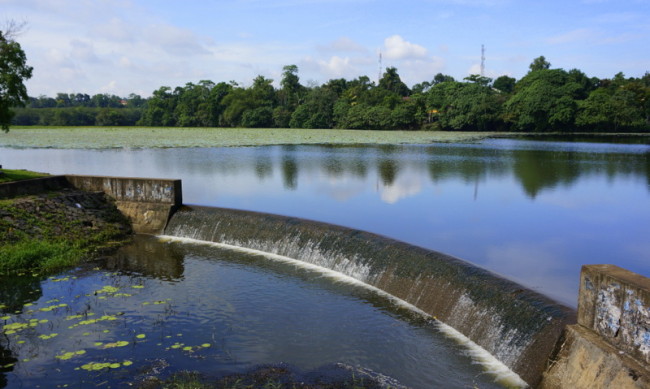
The Thalangama Tank, built during the era of King Parakramabahu VI. Image Credit: Nelson Mangalama
Built during the era of King Parakramabahu VI (1551-1547 AD) for paddy cultivation, the tank consists of an irrigation area of 95 acres and a non-irrigable area of 111 acres. Surrounded by densely populated human settlements of the Colombo expansion the tank plays a critical role in flood retention within the area. This habitat includes a seasonally flooded grassland/paddy fields, a freshwater swamp forest and scrublands. With over 100 species of birds recorded, the tank is an important habitat for water birds. Highlights include the Water Cock and the migrant Black and Yellow Bitterns. Rare mammal sightings include otter sightings and possibly even the illusive fishing cat.
A proposed Environmental Protection Area (EPA) under the National Environmental Act (NEA) of the CEA, many environmental organisations such as the Federation of Environmental Organizations (FEO) and the Field Ornithology Group of Sri Lanka (FOGSL) have organised educational programmes utilising this ecosystem. However, similar to the other wetlands of Colombo, rapid urbanisation of the area has led to increased filling and reclamation of the paddy fields for housing, despite the fact that this activity is deemed illegal.
What Next?
As the landscape of Colombo changes overnight, we can only hope that these wetland habitats that are an integral part of our capital city are preserved in a far more effective manner than at present. It is certainly encouraging to note that the Government is aware of the importance of these wetland sites, which is evident through their initiative to create the Biodiversity Study Park in Thalawathugoda.
Extending about 60 acres, this park aims to facilitate exploring wetland plants, animals, and the entire wetland ecosystem in a single destination. The first of its kind in Sri Lanka, this park is an urban wetland off the Japan Friendship Road, and consists of marshy areas, woody patches, and artificially created lakes and ponds. Managed by the Wetland Management Division of the SLLRDC, this park is set to open to the public soon.
Do Your Part to Conserve the Urban Wetlands of Colombo
Each and every citizen can help conserve and preserve these ecosystems through doing their part. The proper disposal of waste, as well as visiting these areas and gaining a better understanding of the ecosystem, supporting environmental organisations that organise clean-ups and educational activities in these wetlands, and through donating to projects like the Urban Fishing Cat Conservation Project can help save these habitats.
Act now, before it’s too late!

